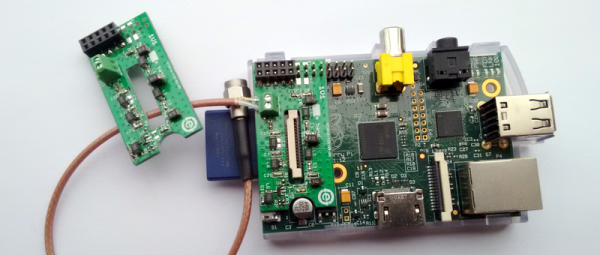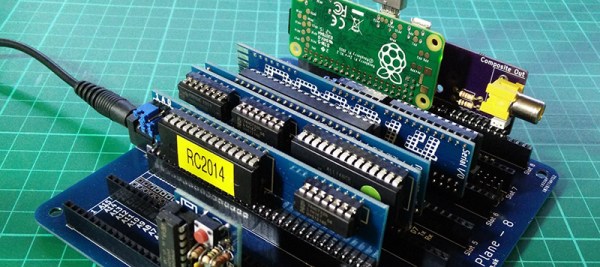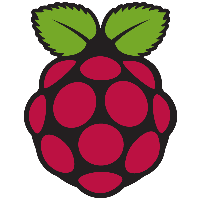You can go to any dollar store, gas station, big box store, or your favorite Internet retailer and get a USB power bank. It’s a lithium battery mashed into a plastic enclosure with a USB port, probably poorly engineered, but it does serve as a great power supply for the Raspberry Pi. For the Raspberry Pi Zero contest we’re running over on hackaday.io, [Patrick] built a lithium phosphate battery pack that’s much better engineered and has some features a simple USB power bank will never have.
 [Patrick]’s Raspberry Pi UPS isn’t just a battery and charge controller attached to the power rails; this board has a microcontroller that has full control over when the Pi wakes up, when the Pi goes to sleep, and can put the Pi into a clean shutdown, even in headless mode. SD cards around the world rejoiced.
[Patrick]’s Raspberry Pi UPS isn’t just a battery and charge controller attached to the power rails; this board has a microcontroller that has full control over when the Pi wakes up, when the Pi goes to sleep, and can put the Pi into a clean shutdown, even in headless mode. SD cards around the world rejoiced.
The electronics for this project are just a low-power MSP430 microcontroller and a boost regulator. The battery pack/power manager attaches to the Pi through the first few GPIO pins on the Pi’s 40-pin header. That’s enough to tap into the 3.3 and 5V supplies, along with the serial console so power events can be scripted on the Pi.
So far, [Patrick] has made a few time-lapse movies with his lithium battery backup, a Pi Model A+, and a Raspberry Pi camera. He managed to take 99 pictures over the course of about 24 hours, powered only by a single lithium-ion cell. You can check that video out below.



















